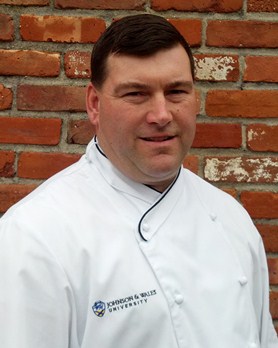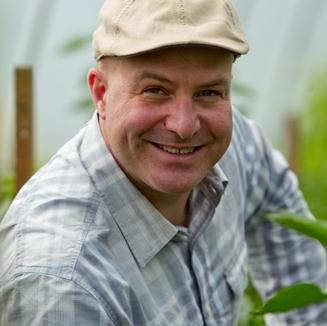Mayo’s Clinic: Elevator Speeches
Saturday, 31 March 2012 20:26
 A short, focused speech poses an opportunity for students to make an impression and explain themselves. It is also a way to build interest in what they are doing or want to do, as well as enlist support and sway opinion.
A short, focused speech poses an opportunity for students to make an impression and explain themselves. It is also a way to build interest in what they are doing or want to do, as well as enlist support and sway opinion.
By Dr. Fred Mayo, CHE, CHT
Because last month this column discussed networking, this month we will focus on elevator speeches—what they are, why they are important and how to deliver them for maximum impact. Since you probably know about elevator speeches and probably use them, this column might be something you want to distribute to students who do not know about or would benefit from being reminded about elevator speeches. Therefore, the bulk of this column is aimed at students.

 In a continuation of last month’s focus on teaching nutrition within a short class period, Chef Weiner explains how to emphasize the remaining six of 10 unchanging basic facts.
In a continuation of last month’s focus on teaching nutrition within a short class period, Chef Weiner explains how to emphasize the remaining six of 10 unchanging basic facts. A combination high school, urban farm and environmental education center in Connecticut is leading the way as a model in healthy lifestyles for students from all socioeconomic backgrounds.
A combination high school, urban farm and environmental education center in Connecticut is leading the way as a model in healthy lifestyles for students from all socioeconomic backgrounds. An e-learning module focusing on the versatility, nutrition and palate-pleasing power of California table grapes.
An e-learning module focusing on the versatility, nutrition and palate-pleasing power of California table grapes. The recent Farming for the Future Conference promoted new ideas and learning to the benefit of all.
The recent Farming for the Future Conference promoted new ideas and learning to the benefit of all.